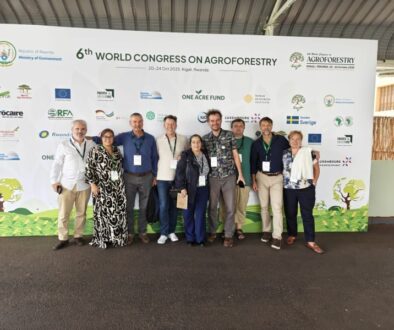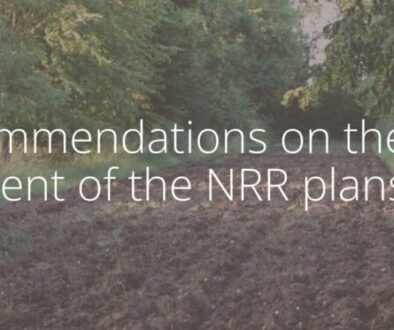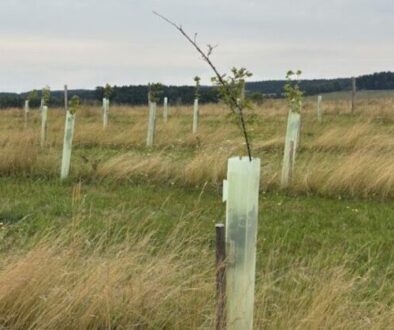Sustainable land use along water bodies through agroforestry and value creation of agrowood and pulses in the Dresden region of Saxony (DE) – some insights into the OLGA project
Climate change is progressing and is becoming more and more noticeable in agriculture every year. It is obvious that active climate change adaptation in agriculture can be achieved through diversification and changes in cultivation methods. In the OLGA project, we are looking at future sustainable land use in the Dresden region of Saxony (Germany) and options for regional value creation resulting from this use.
The focus is on agroforestry systems with fast-growing tree species along smaller watercourses and their climate effect. The microclimatic investigations carried out on two agroforestry systems on small watercourses showed that the trees can have a cooling effect, especially during hot periods. The results of the water temperature measurements at low water discharge showed that the shading of the bank area in a stocked stretch of 70 m caused a temperature reduction of up to 1 °C and up to over 4 °C in a 350 m directly adjacent row of poplars. By the way, the reduction in water temperature due to the shade of the trees provides better living conditions for microorganisms in the water. The temperature difference inside and outside the agroforestry structure can be up to 10 °C in places, the globe thermometer said.
Thanks to their manifold ecosystem services, the trees not only enhance the watercourse ecologically and contribute to their shading. They also serve for flood protection by exerting a retention effect on the flood wave through the resulting flow resistance. Investigations in the project showed that different poplar genotypes can be planted with a spatial arrangement and composition of which is adapted to the distance to the watercourse. The aim is to promote water retention and to maximise biomass yield. The poplar genotypes analysed (here: Max3 (Populus nigra x P. maximowiczii) and Fritzi Pauley (P. trichocarpa)) showed different root growth responses at varying water levels and thus also have different water retention capacities.
The agricultural structure and the existing food producers and marketers in the Dresden region provide good preconditions for more regional value creation. Together with food start-ups or direct marketing initiatives like Marktschwärmer we support recent and develop new regional value chains in Dresden and the region. We promote the cultivation, processing and marketing of pulses in human nutrition – whether as vegan broad bean curry patties at the bakery, lentil falafel in the organic shop around the corner or as lupin mousse in your favourite restaurant. Grain legumes are good for the soil, climate and our health. That is why we are bringing together stakeholders along the value chain to jointly increase the proportion of pulses on Dresden’s plates. Therefore we also organise workshops, info stands and tastings to communicate the nutritional value of pulses to the public.
This year, we will run two living labs in Dresden: a practice field for agricultural and nutritional education in cooperation with schools and a food hub in the city centre to communicate with urban society on the topic of sustainable agriculture, regional value creation and food transformation using various formats. Of course, our dream is still to establish a silvoarable agroforestry system with pulses as arable crop – if somebody of you has experience with this combination (trees + pulses) please let us know!
The OLGA project is funded from April 2020 until March 2025 by the German Federal Ministry of Education and Research as part of the Stadt-Land-Plus programme. The project partners are TU Dresden, the Dresden Environmental Centre, Biomasse Schraden e. V. and the City of Dresden.
Contact
Anke Hahn, City of Dresden
[email protected], Tel. +49 351 488-2071
https://www.projekt-olga.de/en/
You can find us also on LinkedIn, Instagram and Facebook ;-)!



